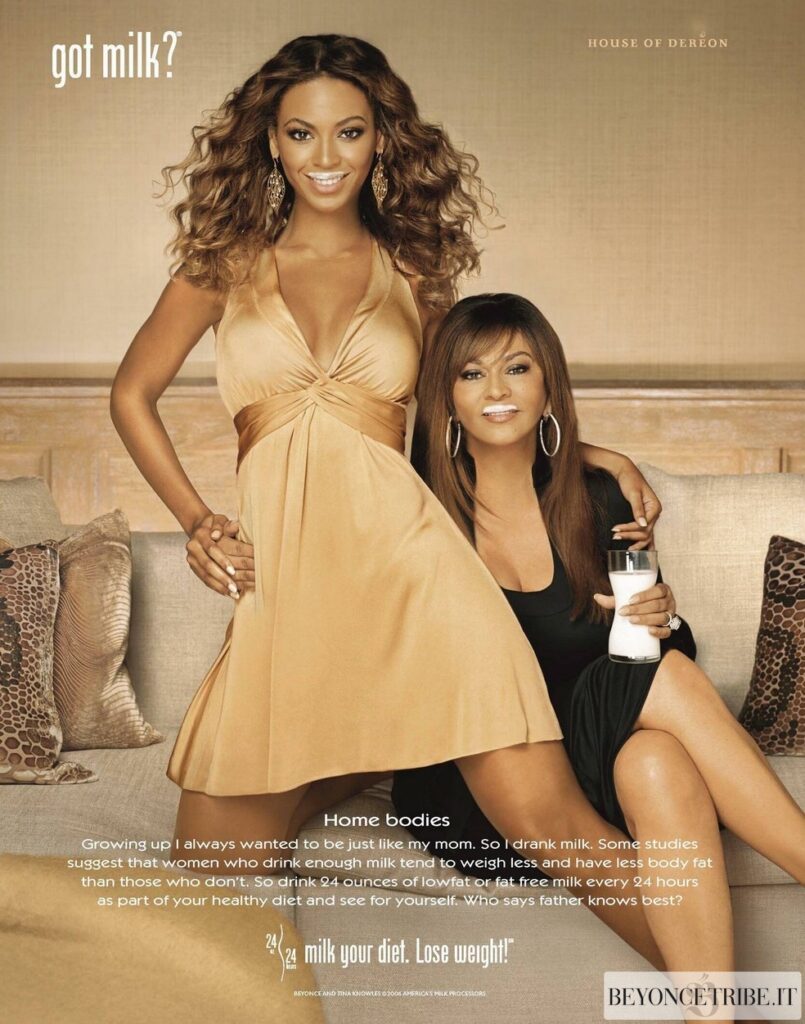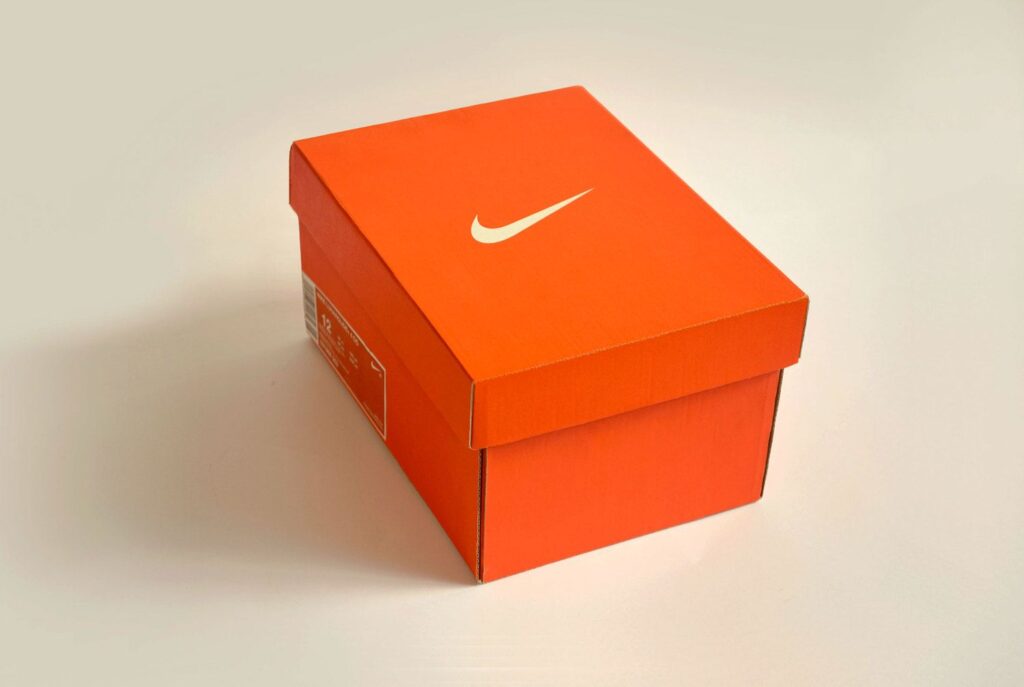How Ghari Did A Nirma on Nirma & Wheel

Carefully planned and executed strategy helped Ghari overtake both Nirma and Wheel to capture the leadership position
The HUL brand Surf dominated the Indian market in the 1960s. While hundreds of disorganised players serviced the mass and mid-range markets, Surf specialised exclusively to the affluent. Nirma, a cheaper alternative to Surf, was introduced in 1969. To attract a wide spectrum of potential buyers, they kept the price point low. In 1985, Nirma became the leader in the detergent business.
Wheel was developed because HUL saw the market opportunity it was losing out on. Wheel and, to a lesser extent, Rin, were successful in reclaiming some of Nirma’s former market share. And by the turn of the millennium, Wheel had surpassed Nirma as the top dog.
Launch of Ghari
Muralidhar Gyanchandani and Kumar Gyanchandani started a little oil soap retail company in the 1980s in Kanpur. Back in 1987, the two entrepreneurs introduced a new laundry detergent line they dubbed Ghari (Clock in Hindi). It was a new entrant in the market, but it was priced more than the incumbent, Nirma. Before the launch of Wheel, Nirma and Surf were the dominant players. There was a definite emphasis on the mass market. Ghari has been at the top since 2012 when it unseated Wheel.
Ghari was launched when Nirma was at its strongest. Ghari was first introduced in 1987, and it took almost 15 years for sales to reach Rs 500 crore. In contrast, it increased by Rs 1,700 crore during the subsequent decade.
How, therefore, did the Gyanchandanis achieve such success?
Inspired by Nirma’s low-cost model, they did a Nirma on Nirma!
Likening Ghari to Nirma is inevitable. They both started up in a tin shack with few resources and relied on word of mouth to grow. A large part of Ghari’s success, however, may be attributed to the vastness of the Uttar Pradesh market, the company’s home, which contributes 17% to total FMCG revenues,
How Ghari outsold bigger competitors
- Focused Target Audience – The middle class and lower middle class were the target demographic and offered high quality at an affordable price.
- Apt customer insight – the customers mainly housewives equated more foam with higher quality when it came to cleaning products like soap and detergent. A higher-quality product would have more foam. Ghari used this knowledge to its advantage by claiming that the quantity of foam produced by its product is indicative of its superior quality compared to the competition. The company’s advertising campaign utilised the slogan “Pahle istemaal karein, phir vishwas karein” (Try before believing). With such a bold assertion, it’s no wonder that consumers were intrigued to give the new product a try.
- Great Pricing – One major distinction between Nirma and Ghari is that Ghari has not engaged in a pricing war. Ghari made the audacious move of charging 10% more than HUL’s Wheel and Nirma – Rs 35/ kg as opposed to Rs 30.
Ghari had discovered a fantastic opening. It is priced more than mainstream options but less than premium picks like Surf.
Whereas its rivals aimed for ever-higher price points, Ghadi remained true to its beginnings, maintaining its focus on providing quality at a price that everybody could afford.
- Distribution – At first, the company’s founders were realistic about their ability to finance the nationwide distribution of the product. For this reason, they made the conscious decision to restrict their efforts to only Uttar Pradesh (UP).
Taking a regional strategy, Ghadi first targeted customers in Uttar Pradesh’s larger cities, before shifting its focus to smaller communities and fine-tuning its demand chain there. After a slow start, they quickly gained momentum, and now they are a household name in UP. After getting a foothold in UP, the company started to expand into the nearby states of Bihar, Punjab, Haryana, and MP.
With a bigger profit margin (6-7%) than their rivals in this market, Ghari’s 3,500-strong dealer network is exceptionally loyal and devoted. In 2011, a mobile app called Msales was built to keep tabs on sales, and since then, product tracking and delivery have become simpler processes.
They are still quite present in the North and West Indian states today.
- Optimum advertising spends – Advertising accounted for just 2% of the company’s revenue due to the company’s creative use of the medium.
Exhibitions, billboards, posters, and roadside shows were the principal outdoor advertising methods used to break into non-urban and rural communities.
From the time it started until the year 2000, Ghari did not hire a single famous person. However, creative strategies were used in the promotion of the product. They sponsored the Mahabharata television series, which was seen by millions of people. They also used the outsides of prominent trains in the northern Indian states, such as the Pushpak Express and the Swarna Jayanti Express, to promote their products. Consumers’ ability to remember the Ghari brand was boosted by these.
- Financial benefits: the company was able to have a good effect on the community where its factories are situated while simultaneously cutting costs by hiring solely locals (even in management positions). To save money on transportation costs, 20 factories and distribution centres were set up near key markets.
Ghari handles all aspects of production, from raw materials to finished goods, in-house. The corporation owns everything down to the 500 vehicles used for distribution. Ghari had lower operating costs than its rivals that use outsourcing.
Ghari overtook Wheel as the most popular in 2012. However, in the previous three years, Ghari added 10 states to its distribution reach, and that proved to be the deciding factor. A total of 19 states currently stock the product. The brand, formerly only known in its home area, has expanded overnight to serve millions more people.
As of now, Ghari is the number two detergent brand, but a Nielsen survey claims that it is still the market leader in the budget class, with one in four detergents sold in the Indian market being Ghari. It is estimated that 16–20% of the market is covered by this product.



